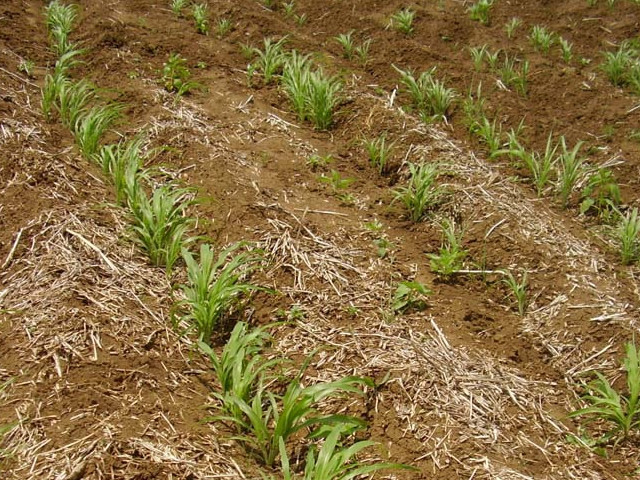Analysis of water footprints of rainfed and irrigated crops in Sudan
Main Article Content
Abstract
Water rather than land is the limiting factor for crop production in Sudan. This study attempts to use the water footprint (WFP) and virtual water concepts to account for crops water consumption under the Sudanese rainfed and irrigated conditions. The general average of the green WFP of sorghum and millet were found to be about 7700 and 10700 m3 ton-1, respectively. According to experimental results at three different climates, in-situ rainwater harvesting techniques could reduce the WFP of rainfed sorghum by 56% on the average. The blue component (surface water) shows the highest contribution to the total WFP of irrigated crops: 88% for cotton, 70% for sorghum, 68% for groundnut and 100% for wheat. However, the role of the green water (rainwater) is not marginal since it largely influences the operation and maintenance (silt clearance) of the gravity-fed irrigation system. Under normal conditions, the annual total virtual water demand of sorghum (the dominant food crop in Sudan) is found to be 15 km3 , of which 91% is green water. During a dry year, however, Sudan could experience a deficit of 2.3 km3 of water, necessitating the adoption of a wise food stocking-exporting policy.
Article Details
Issue
Section

This work is licensed under a Creative Commons Attribution-NonCommercial-NoDerivatives 4.0 International License.

